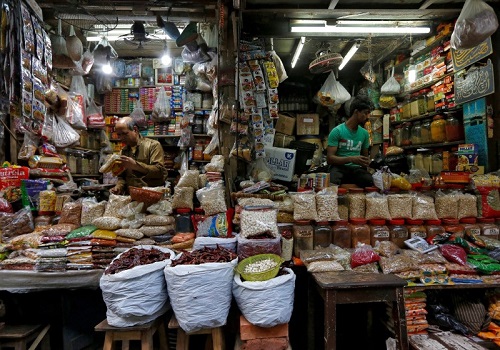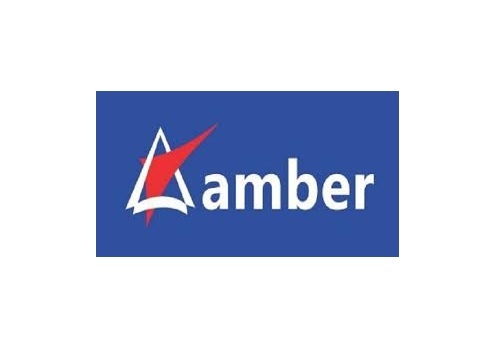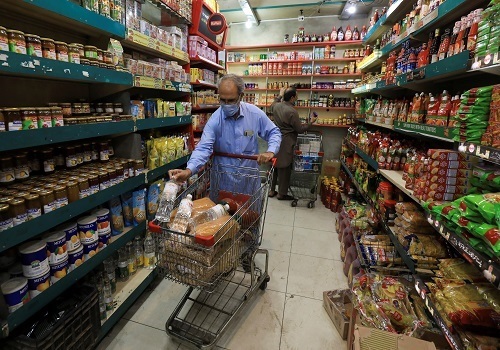Consumer Sector Update : Singapore roadshow - Rising investor optimism in Indian consumer stocks by Motilal Oswal Financial Services Ltd

Singapore roadshow – Rising investor optimism in Indian consumer stocks
We recently concluded our Singapore roadshow, where we had the opportunity to meet with over 20 investors. Having conducted a similar roadshow earlier, this visit allowed us to compare current investor sentiment with past trends. This trip was particularly notable for a marked uptick in investor interest in consumer stocks. The discussions revolved around key themes, such as: 1) Is GST 2.0 truly a game changer; 2) What to play – staples or discretionary; 3) Personal care vs. packaged foods in staples; 4) Jewelry vs. QSR vs. paints vs. innerwear; 5) Demand pickup amid the festive period; 6) Framework for evaluating companies; and 7) The preferred picks.
Following are the discussion themes in detail.
Is GST 2.0 truly a game changer?
Given that investors have witnessed multiple ‘hope trades’ in the past, many are now curiously observing the potential impact of GST 2.0 on consumption. In several global markets/countries, consumers are not highly price sensitive (particularly for basic consumption). Hence, investors are keen to see whether India can experience a similar growth acceleration post GST 2.0. India is a unique market with its large population and diverse income sub-segmentation. The mass segment continues to form a large share of basic consumption categories, making it particularly interesting to observe whether a high-single to low-double digit price cut (equivalent to ~15- 20% of inflation rolled back) can drive volume growth. We believe India stands at an inflection point for consumption growth, supported by improving performance across most consumer companies.
What to play – staples or discretionary
We realized that while there was a broad consensus around the pickup of consumption, the key curiosity was whether growth acceleration would be more pronounced in staples or discretionary categories. With macro drivers (tapering inflation, low interest cost, etc.) aligning favorably, we expect a broad-based consumption recovery over the next 1-2 years, spanning both rural and urban markets. Both staples and discretionary segments are likely to benefit. In stables, we project a shift from local/loose to branded products (price gap will be negligible at 5%), along with continued premiumization trends. Discretionary categories, on the other hand, represent a long-term per-capita growth story and are well-positioned to sustain their growth momentum within the improving growth trajectory.
Personal care vs. packaged foods in staples
The discussion also focused on packaged foods vs. personal care. Packaged foods categories are likely to witness higher sensitivity in demand uptake, as price packs/LUPs are expected to reflect rate reductions through grammage additions (similar growth for realization per pack). Since most price packs cater to single-use consumption, the number of packs sold should remain stable, making revenue growth more visible in these categories. However, there remains some concern that many packaged food price packs have seen interim MRP cuts (delay in passing benefits via grammage) and may face limitations in revising prices upwards, given the government’s ongoing price evaluations. In contrast, personal care categories may see limited benefits from price packs but could witness stronger traction from premiumization, deeper penetration, and favorable seasonality play
Jewelry vs. QSR vs. paints vs. innerwear
In the discretionary segment, most discussions were constructive, with a positive bias toward long-term growth drivers. Jewelry demonstrated the strongest growth among discretionary categories; however, given the unique nature of India’s jewelry demand relative to global markets, some investors remained cautious about longterm growth prospects. QSR drew significant interest, though uncertainty persists due to sustained pressure on unit economics. Stock underperformance presents upside potential, but more evidence of recovery is needed. Given slow industry growth and competitive pressure, Paints and Innerwear (PAGE) garnered limited investor interest.
Demand pickup amid the festive period
Investors showed interest in evaluating demand pickup during the festive period, particularly in the context of GST 2.0, transitional impacts, and general festive demand trends. We noted that jewelry companies observed a recovery in growth by the end of September, a trend that has continued into October. Many consumers remained on the sidelines during August-September due to gold price volatility, but they became actively engaged in the last 15-20 days, anticipating further price increases. Other categories saw the usual festive season pickup, though the evidence of a significant trend is not yet conclusive.
Framework for evaluating companies
Investors typically follow a framework suited for evaluating multiple global markets. India is an important market for most fund houses, often carrying decent portfolio weight. Consequently, investors tend to favor simpler business models with longevity that can deliver at least 15% stock returns (12% in dollar terms). This framework naturally limits the pool of investable stocks (select large caps and quality mid-caps) with healthy earnings growth, strong corporate practices, and reasonable valuations.
The preferred picks
In the discretionary category, Titan, Radico Khaitan, and PN Gadgil emerged as the preferred picks. The recent correction in Jubilant Foodworks also presents limited downside risk. In the staples category, Britannia, HUL, and Marico were the favored choices.
For More Research Reports : Click Here
For More Motilal Oswal Securities Ltd Disclaimer
http://www.motilaloswal.com/MOSLdisclaimer/disclaimer.html
SEBI Registration number is INH000000412










Tag News

Tiny Rs.10 Carts and Massive Rs.4.3 Lakh Single Orders- How India Instamarted in 2025



More News

Telecom Sector Update : Subscriber loss significantly moderates for Vi in Feb`25 By Motilal ...










